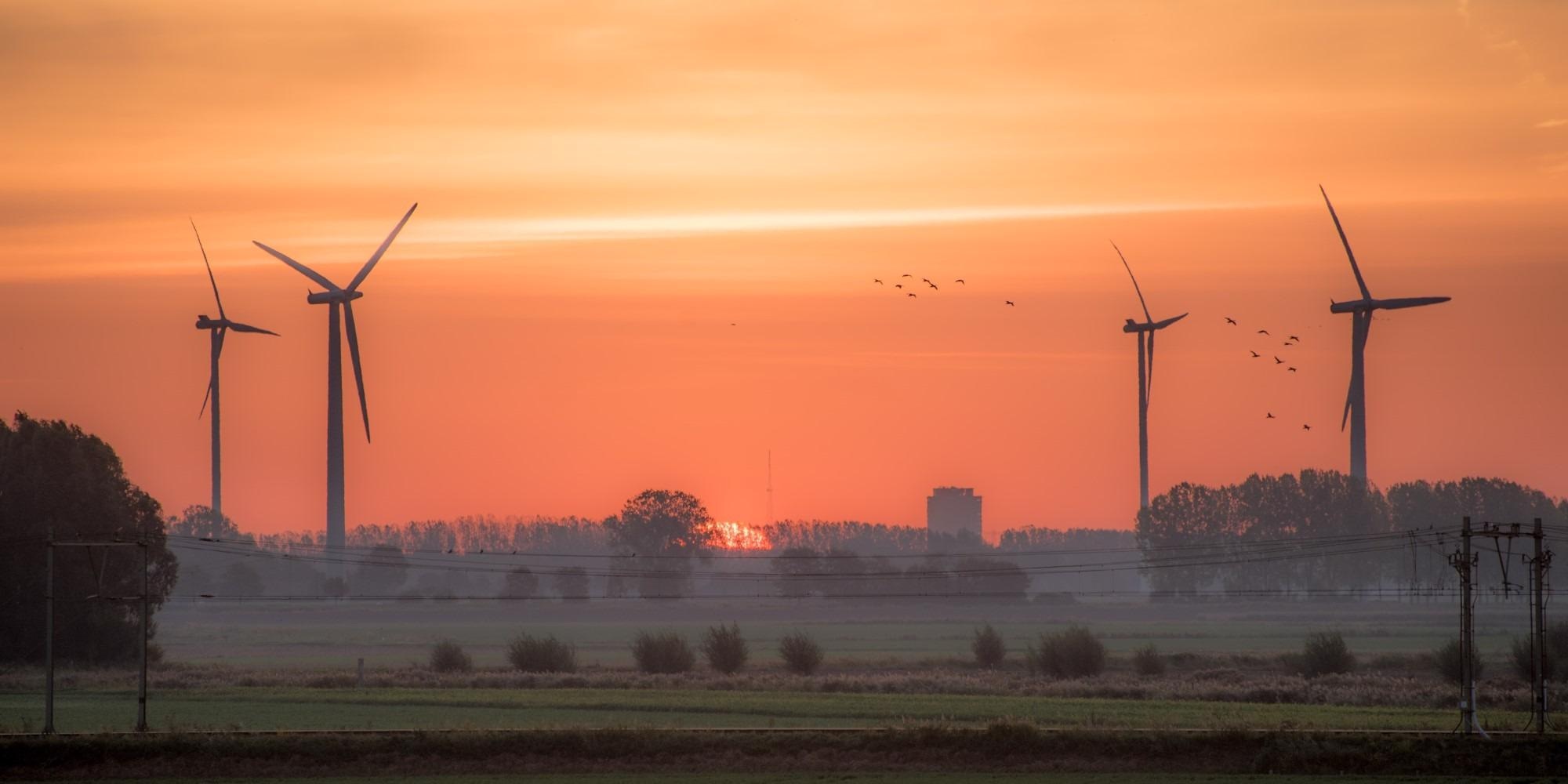ArcVera Renewables, a leading international provider of consulting and technical services for wind, solar and energy storage projects, was enlisted by a major Indian Independent Power Producer (IPP) to analyze wind resource variation cause and effect after an unexpected drop in wind farm energy production in the country.

Although variable year-to-year, wind power production in India in Q2-Q3 2020 has been significantly lower than the long-term average production expectations. Based on an analysis of climate records from reanalysis datasets and surface wind observation sites, this event was rare.
ArcVera’s experts applied advanced atmospheric science methods to explain the interannual variability anomalies of the wind energy resource in India. Annual wind farm performance expectations depend on the long-term accuracy of wind energy resource assessment. Each year, a wind farms’ performance is typically evaluated by its owner and operator stakeholders to make sure that the variations in the production of the wind farm are explained by variations of the actual wind resource. Lower wind resources can result in significant revenue reduction, testing owners’ and investors’ nerves and their seeking of answers to what can be expected for future performance.
“Based on a review of meteorological weather records, the low wind speeds were caused by a combination of regional and global meteorological factors that seldom occur simultaneously," explains C.R. Anbalagan, “The proper utilization of advanced atmospheric science knowledge is critical to understand wind farm past and future performance. ArcVera has a long history of providing the wind industry with its weather forecast acumen and wind energy resource assessment expertise to evaluate and predict future, long-term performance.”, he continued.
Wind resource variation cause and effect analysis
ArcVera Renewables deployed its proven methodology using wind farms’ past energy production and other data to assess wind farm performance. Its technical experts gathered relevant recent and climatological historical (30-60 year monthly) data for the region or regions of interest, including El Niño/ La Niña and other climate indices. They then compared frequency-of-return statistics for recent periods of low winds and prepared a report describing the results and including discussion of the recent event and return-time based on 30 to 60-year analysis. ArcVera also conducted an operational backcast energy assessment of the wind farms using monthly production data.
An operational backcast energy assessment estimates the long-term net energy production of an existing wind farm by examining its monthly energy production against several independent long-term wind speed datasets which are representative of the flow conditions at or near the project site. These datasets can be used to discern whether wind speeds have been above or below average during the operational period of record. The results of the operational backcast energy assessments can be used to determine expected monthly energy production for future years.